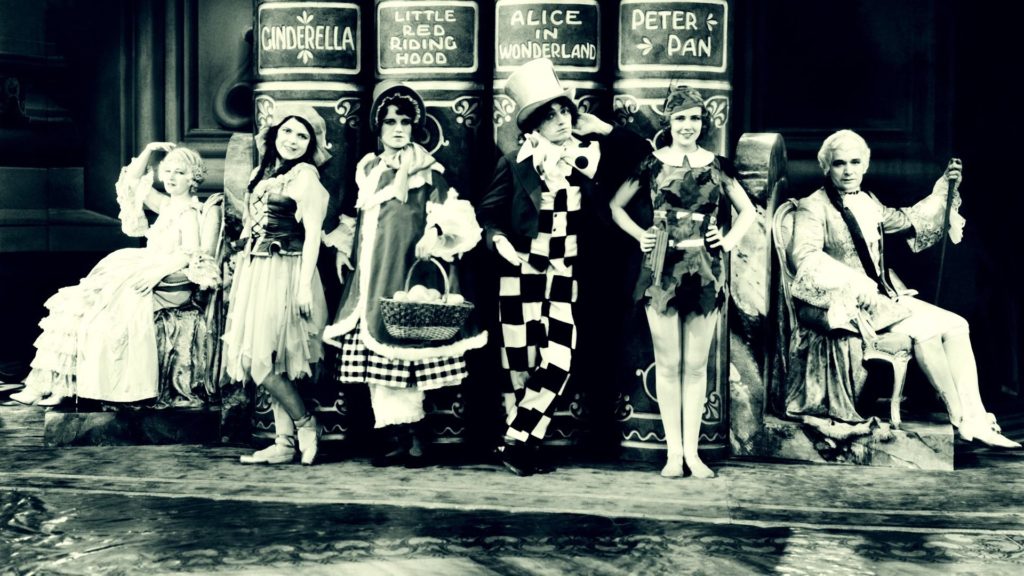Brainstorming Characters That Leap Off the Page

BlindSpot, my second book and first psychological suspense, releases in May, so before the whirlwind of marketing for that one starts up in earnest, I’ve been spending time ruminating about my next one – my favorite part of the process. My first step is always to purchase a new Moleskine lined notebook where I can jot down anything and everything that seems remotely pertinent to the story I might want to tell. It may be ideas that come out of a standard brainstorming session or a conversation with a fellow writer, but it may also include thoughts that come to me while I’m reading in bed at night or out on my daily walk or taking a shower. Anything is fodder at this stage. I never know what random association may trigger a subplot or tie into a theme I want to explore. It all goes into the notebook- no filtering.
Because this is the phase where you can let your imagination and creativity run free. And while the plot sets the stage, it’s the characters you create who breathe life into your narrative. So this month I’m sharing a few tips about how I brainstorm characters. How you can delve into their psyche so each one is memorable and compelling. From the hero and the villain, to the love interest and the sidekick, and other classic roles such as mirror, comic relief, skeptic, ally, sage, and mentor – every character plays a vital role. Their interconnections, through choice or by blood, will make or break your narrative.
Make them larger than life
Who wants to read about ordinary people? To make your characters memorable, you need to amplify and complicate them. Take a regular person you might meet at a social get-together, let’s say a veterinarian, and make them “more.” What if they specialize in exotic animals, or they’re based in the Arctic circle studying ancient fossils, or they’re part of a team with a government grant, researching whether dolphins can be trained to communicate with humans.
Think back to unique characters from movies or long-form dramas. What made them stand out? Why were you drawn to Walter White in Breaking Bad, even though he pushed drugs? What was it about Rusty Cohle on True Detective that kept you glued to the screen? What kept you rooting for Celie in The Color Purple? Was it their charisma, their flaws, or the journey they undertook?
Take an ordinary character and then think bigger – not just a soldier, but an Army captain who won the Purple Heart but came home with PTSD; not just the girl next door, but the teenager struggling to hold down two part-time jobs to support her mentally-challenged mother; not just the fireman, but the man haunted by the children trapped in a burning barn whom he couldn’t save.
Work from the outside in, then the inside out
I’m a visual learner, so I start with what I can see—details like age, gender, physical characteristics. I jot down ideas about where they live (City? Small town? Farm? College?) and their living space (dorm, apartment, townhouse, convent, bus). I brainstorm their interests, their hobbies, skills. Then, I move to their inner life – details like family dynamics, birth order, upbringing, significant life events, secrets, cherished objects, childhood memories, and self-perception.
When I’m at this generative stage, I’ll often create a visual poster board. I do an image search through Google and capture people who look like the character I’m envisioning, then fashion a mood collage that shows them at home, at work, at school, and out with friends.
Fantasize about their journey through the novel
As your characters begin to take shape in your mind, jot down ideas about what their arc might be. Who are they at the beginning, and how might they change throughout the story? Your goal is to understand their wants (goals), the obstacles that stand in their way, and just as important, what will happen if they fail to achieve their goals (stakes).
Add in backstories for depth and nuance
I brainstorm my character’s past by exploring significant aspects of their lives. For example, what’s the worst thing that ever happened to them? The happiest they’ve ever been? What achievements are they most proud of? What’s one thing in their past they wish they could change? Then I dig deeper. I imagine traumatic or impactful events from their past, family dynamics that affect them today, secrets they have kept for years, dreams they’ve jettisoned along the way, obstacles they’ve had to overcome, values they learned at home and still live by.
Breathe life into your characters by getting specific
I usually pick one major personality characteristics and two minor ones. For example, I might decide my main character is ambitious, but also chronically late. She’s also outgoing and gregarious. Then I work to make sure the plot I’m developing will provide a way to show, not tell, those characteristics in the early chapters, and might even provide obstacles to achieving her goals. For example, she might be the CEO of a major drug company who is going after an important client but shows up late to a crucial sales meeting, thus alienating the client’s representative.
As you embark on the journey of crafting characters for any new novel, remember that they are the heart and soul of your story. Don’t skip this crucial initial phase of brainstorming and exploration because it forms the foundation for everything that comes after. If you can create characters who are a bit larger-than-life, who have rich inner thoughts, who carry with them a challenging past, and who have specific personality traits that get in their way, then they will resonate with readers and make your narrative a success.